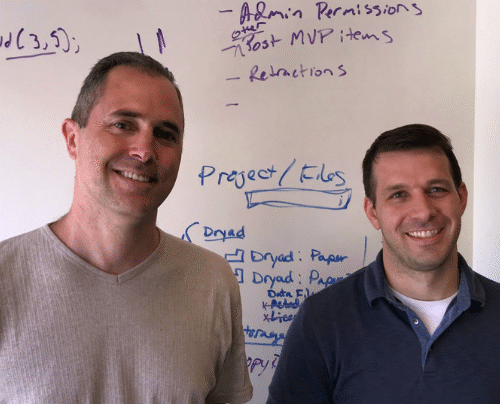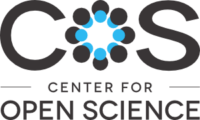Reproducing research results can help accelerate the scientific progress. In the second half of this two-part episode, Tim Errington and Brian Nosek from the Center for Open Science share insights from their the Center’s replication of a high-profile anti-cancer treatment study. In the episode Tim also discusses how the preregistration of research proposals and registered reports can improve the our confidence in scientific findings.
Websites
- Reproducibility Project: Cancer Biology (RP:CB) Overview
- CD47 replication study OSF project page
- The Reproducibility Project: Cancer Biology (eLife page)
- Registered report for the CoS study
- Original CD47 paper published in PNAS
- Science Forum: An open investigation of the reproducibility of cancer biology research
- CD47 replication study paper published by eLife
- Nobel Life Sciences laboratory
Bonus clips
Patrons of Parsing Science gain exclusive access to bonus clips from all our episodes and can also download mp3s of every individual episode.
Support us for as little as $1 per month at Patreon. Cancel anytime.
Patrons can access bonus content here.

We’re not a registered tax-exempt organization, so unfortunately gifts aren’t tax deductible.
Hosts / Producers
Doug Leigh & Ryan Watkins
How to Cite
Leigh, D., Watkins, R., Errington, T., & Nosek, B.. (2017, October 24). Parsing Science – Open Science and Replications (Part 2 of 2). figshare. https://doi.org/10.6084/m9.figshare.5907973
Music featured in the episode
What’s The Angle? and Dank Halloween by Shane Ivers



Lastly Doug and I asked Tim to share his thoughts with us about what kinds of studies might most benefit from pre-registration and registered reports ... as well as what those benefits are.@rwatkins says:
Given the "publish or perish" nature of academia, Doug and I were interested in the idea that a research project -- if approved through peer review as a registered report -- receives in-principle acceptance for publication regardless of its findings ... so long as it's carried out in accordance with it's pre-approved design. Tim elaborated on how this dynamic played out with the Center's replication.@rwatkins says:
Like the original study, the Center's replication tested the efficacy of a particular anti-cancer treatment ... unlike the original study, they didn't obtain the same results. Since academic journals as a whole tend to be biased toward publishing results that *support* researchers' hypotheses, we were curious to learn from Tim about the Center's experience publishing their findings.@rwatkins says:
Replications might either lend credence to or call them into question a study's original findings. Because of this, those that first carried out the research sometimes see replications as a threat. The Center's, however, received a lot of cooperation from the group that published the original cancer treatment study. Doug and I wondered if this was typical in Tim's experience and, if not, what he thought helped facilitate the process.@rwatkins says:
Though Brian had another meeting to attend to, Tim was able to stay with us for a while longer. Ryan and I were curious to learn how the Center went about selecting and getting started on the its first cancer replication project.@rwatkins says:
Next, Brian talked with us about what the Cancer Biology Reproducibility Project hopes to contribute to science.@rwatkins says:
Preregistration and registered reports increase the confidence that that the data collection methods and analyses that a researcher plans are the same as those are actually carried out. Tim explains next how each of these systems work ... as well as the added benefit that registered reports allow for improving a study's design before data collection begins.@rwatkins says:
With so much research already having been done on the treatment of cancer, we wondered how Tim and Brian chose the specific studies that they'd seek to replicate. Here, Tim gives us his perspective.@rwatkins says:
One of the Center for Open Science's newer undertakings is the Cancer Biology Reproducibility Project. Ryan and I began our conversation with Brian and Tim by asking how the idea for the project came about.